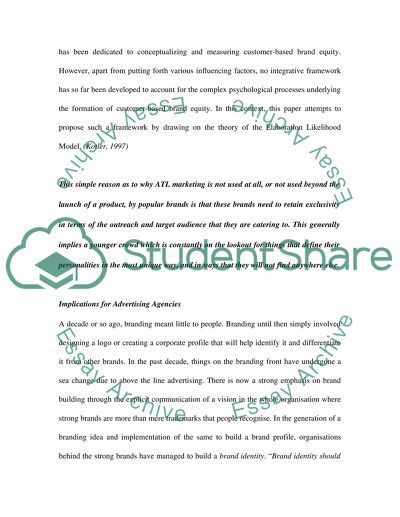Cite this document
(“Above the Line Advertising Case Study Example | Topics and Well Written Essays - 2750 words”, n.d.)
Above the Line Advertising Case Study Example | Topics and Well Written Essays - 2750 words. Retrieved from https://studentshare.org/information-technology/1523937-marketing-and-advertising-essay
Above the Line Advertising Case Study Example | Topics and Well Written Essays - 2750 words. Retrieved from https://studentshare.org/information-technology/1523937-marketing-and-advertising-essay
(Above the Line Advertising Case Study Example | Topics and Well Written Essays - 2750 Words)
Above the Line Advertising Case Study Example | Topics and Well Written Essays - 2750 Words. https://studentshare.org/information-technology/1523937-marketing-and-advertising-essay.
Above the Line Advertising Case Study Example | Topics and Well Written Essays - 2750 Words. https://studentshare.org/information-technology/1523937-marketing-and-advertising-essay.
“Above the Line Advertising Case Study Example | Topics and Well Written Essays - 2750 Words”, n.d. https://studentshare.org/information-technology/1523937-marketing-and-advertising-essay.


